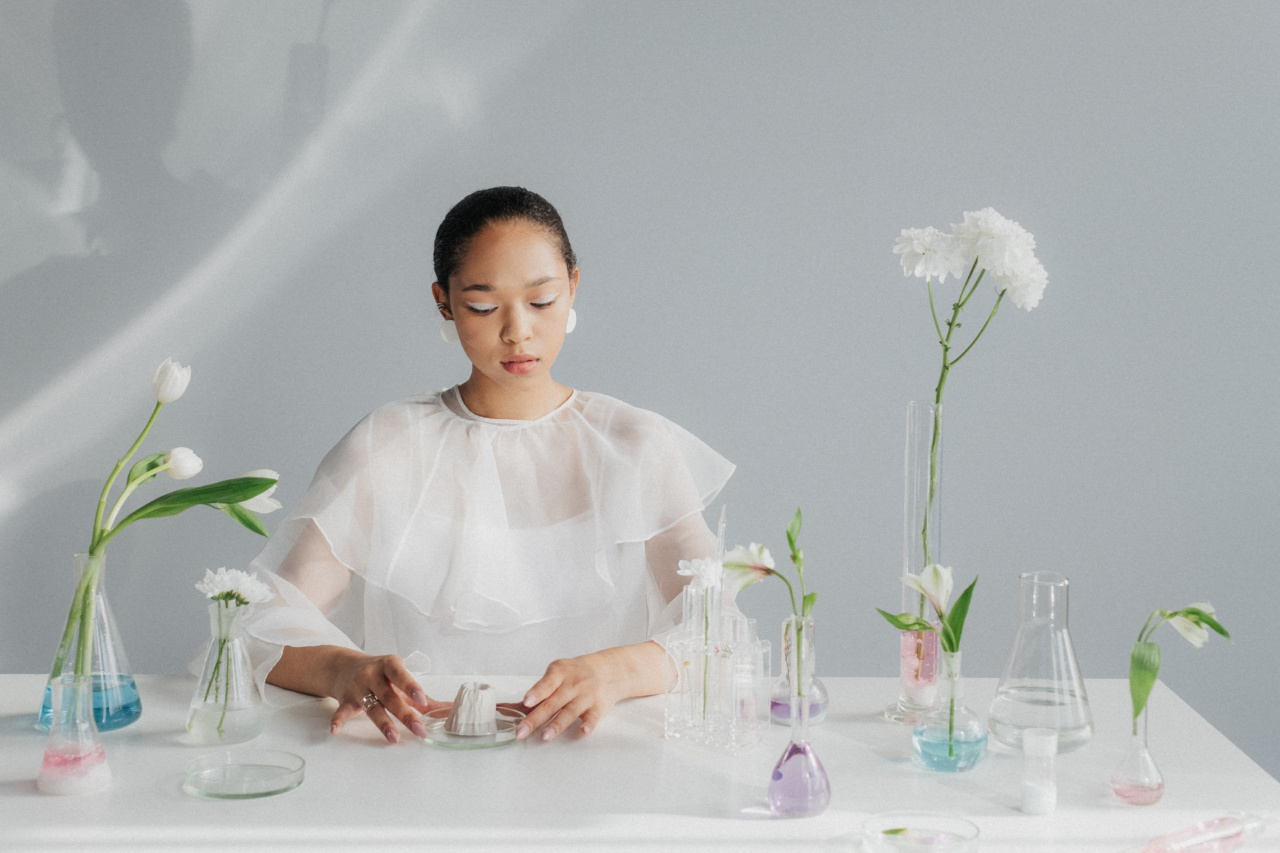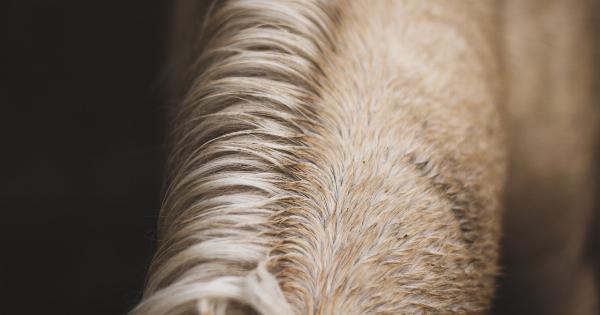Have you ever wondered what your hair is made of or why it looks the way it does? Hair is a complex structure that plays an important role in our appearance and protection.
In this article, we explore the science behind hair strands, from their composition to their growth cycle and more.
The Anatomy of Hair Strands
Hair strands are made up of several layers, each with its own unique characteristics and functions. Let’s take a closer look at each layer:.
Cuticle
The cuticle is the outermost layer of the hair shaft. It consists of overlapping scales that help protect the hair from damage. The cuticle also plays a role in determining hair texture, as well as how shiny or dull the hair appears.
Cortex
The cortex is the middle layer of the hair shaft and the thickest layer. It contains the pigment that gives hair its color, as well as proteins that provide strength and elasticity.
The shape of the cortex also determines hair texture, with rounder shapes resulting in straight hair and more flattened shapes resulting in curly or wavy hair.
Medulla
The medulla is the innermost layer of the hair shaft. It is not always present in all hair types and does not play a significant role in hair function or appearance.
The Growth Cycle of Hair Strands
Hair grows in a cycle that consists of three stages: anagen, catagen, and telogen. Let’s explore each stage:.
Anagen
The anagen phase is the active growth phase of hair. During this stage, the hair follicle is producing new hair cells, which push the hair up and out of the scalp.
This phase lasts anywhere from 2 to 7 years and is influenced by factors such as genetics and age.
Catagen
The catagen phase is a transitional phase that lasts about 2 weeks. During this stage, the hair follicle stops producing new hair cells and the hair stops growing. The hair detaches from the blood supply and begins to shrink and move closer to the scalp.
Telogen
The telogen phase is the resting phase of hair. During this stage, the hair is completely detached from the blood supply and remains in the follicle until it is pushed out by new hair growth.
This phase lasts about 3 months and affects approximately 10 to 15% of all hair strands at any given time.
The Factors That Affect Hair Strands
There are several factors that can influence the health and appearance of hair strands. Let’s take a closer look at each:.
Genetics
Genetics play a significant role in determining hair texture, color, and thickness. Inherited genes can also affect the length of the anagen phase, which can impact how quickly hair grows.
Hormones
Hormonal changes can also affect hair growth and appearance.
For example, a decrease in estrogen levels during menopause can lead to thinning hair, while an overproduction of androgens in conditions like polycystic ovary syndrome (PCOS) can result in excess hair growth on the face and body.
Diet
A balanced diet that is rich in protein, vitamins, and minerals is important for healthy hair growth. Deficiencies in nutrients like iron and vitamins A and D can result in hair loss and thinning.
Environmental Factors
Environmental factors like sun exposure, heat styling, and chemical treatments can damage hair and affect its appearance. Protecting hair with hats and using protective products like leave-in conditioners and heat protectants can help prevent damage.
Stress
Stress can also impact hair health, with significant stress leading to conditions like telogen effluvium, where hair enters the telogen phase prematurely and falls out in large amounts.
Conclusion
Hair strands are complex structures that play an important role in our appearance and health.
Understanding the anatomy of hair, its growth cycle, and the factors that affect it can help us take better care of our hair and maintain its health and appearance.






























